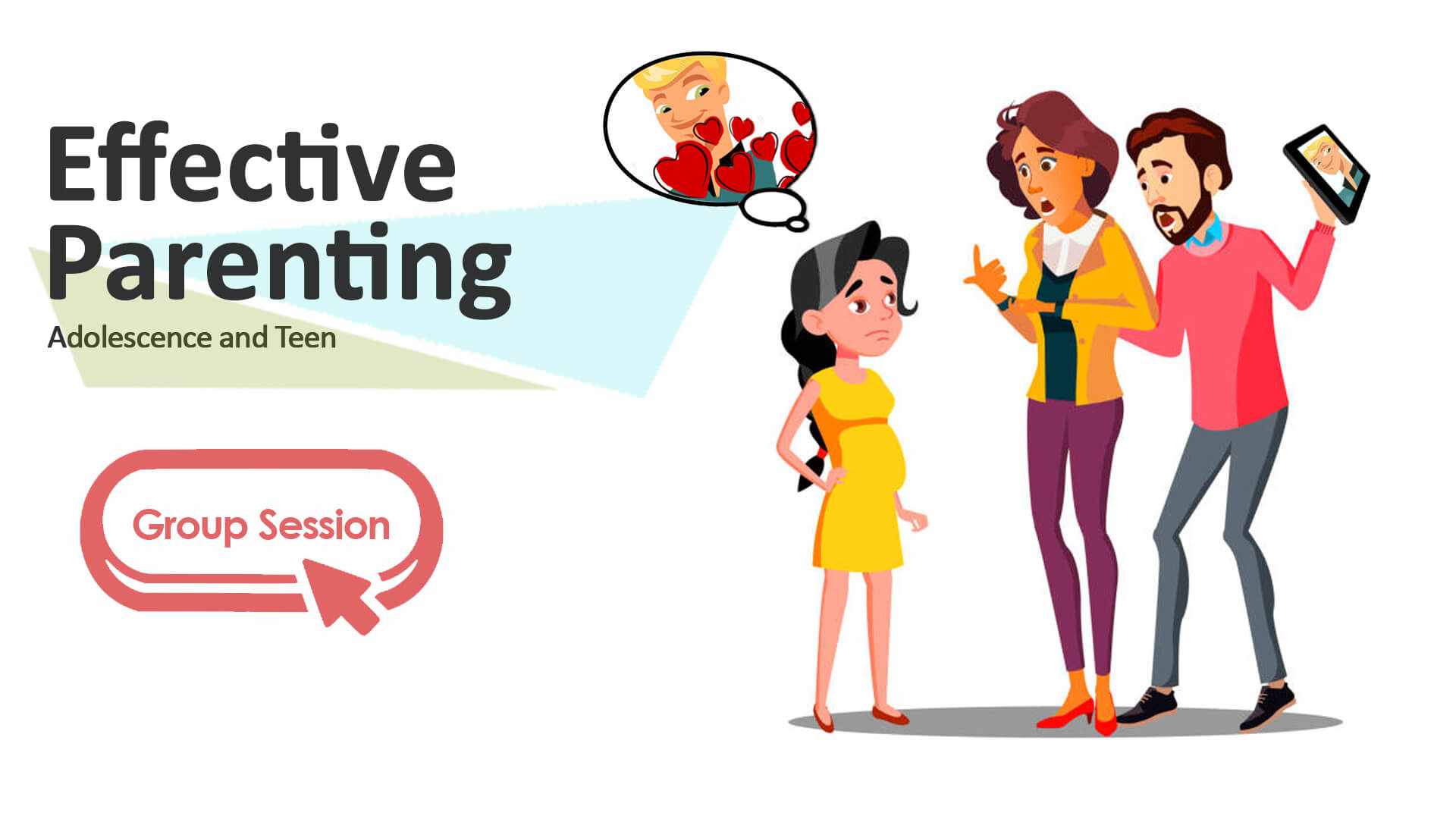The First Two Months: Nurturing Your Newborn with Confidence


The First Two Months: Nurturing Your Newborn with Confidence
 By Inventive Minds Kidz Academy
By Inventive Minds Kidz Academy
 Added Tue, Apr 15 2025
Added Tue, Apr 15 2025
 By Inventive Minds Kidz Academy
By Inventive Minds Kidz Academy
Added Tue, Apr 15 2025
Hey, Thanks For Subscribing!
Please check for a confirmation message and ensure you add us to a safe email list.
If you don't see a message in the next five minutes, check your spam or junk folders and mark our emails safe for next time.
See you soon!
Duplicate Email Found!
Well this is embarrassing... It looks like is already registered.
We have just sent an email to that address with a link to manage the subscription with us. If you don't see a message in the next five minutes, check the spam or junk folders, it's definitely there.
See you soon!

When it comes to parenting, the first two months of a newborn's life are both exciting and challenging. This time period is considered one of the most critical in a baby’s life, as it sets the foundation for their overall health and development.
Newborn screening and physical examination, breastfeeding guidance, neonatal jaundice, and umbilical cord care are some of the most important concerns for parents during this time. These topics will be covered in detail in separate articles. In this article, we will focus on other essential aspects of newborn care that parents should be aware of.
When you bring your newborn home from the hospital, you might still have many concerns about your baby’s health. You’re not yet familiar with what’s normal or abnormal, and hospital staff may not have fully explained which symptoms require urgent medical attention. For example, you might find that your baby has a mild fever of 38.5°C. Is it something to worry about, or will it go away on its own? Should you drive to the hospital—possibly in the middle of the night if your baby wakes up crying—or should you wait it out?
Or, if your baby vomits twice in a few hours, is it just reflux, or does it require immediate medical help? This guide aims to help parents navigate such concerns during the first two months.
Fever in Newborns and How to Manage It

One of the most common concerns among new parents is that their baby feels warm. When you suspect a fever, accurate temperature measurement is crucial. A rectal thermometer is usually recommended for reliable readings in infants. To use it safely, lubricate the tip with petroleum jelly and gently insert it about 1.25 cm (0.5 inches) into the baby’s rectum. You can also use thermometers under the arm, but this method is often less accurate. A fever is defined as a rectal temperature of 38°C (100.4°F) or higher. An underarm (axillary) temperature is usually about 0.5 degrees lower, so an axillary temperature higher than 37.5°C may be concerning.
The Nelson Textbook of Pediatrics emphasizes, "Prompt evaluation of fever in neonates is essential because of the high risk of invasive bacterial infections in this age group." Low-grade fevers may sometimes be caused by overdressing or setting the room temperature too high. Current guidelines from the American Academy of Pediatrics (AAP) recommend maintaining room temperatures between 20–22°C, and newborns should be dressed in one more layer than adults. Any high fever or persistent low-grade fever not related to excessive ambient heat should be considered an emergency.
Hepatitis B and other vaccines administered at birth usually don’t cause significant fevers. If they do, the fever is mild and resolves within 24–48 hours—typically before the baby is discharged from the hospital. The use of fever-reducing medications like acetaminophen is not recommended in newborns unless under medical guidance, as it can mask symptoms and delay diagnosis.
Coughing, Sneezing, and Other Respiratory Symptoms
Sneezing a few times a day is normal and helps clear nasal passages. However, coughing may signal something more serious. Occasional coughing might not be a big deal, but if your baby is coughing persistently or shows signs like rapid breathing, grunting, flaring nostrils, or a bluish color around the lips, it could indicate a respiratory illness and needs immediate attention.
According to Nelson, "Respiratory distress in neonates often presents subtly and may progress rapidly, necessitating early recognition and intervention."
Conditions in Skin and Eyes
The most common issue in this category is a yellowish tint to the skin and the whites of the eyes, which indicates neonatal jaundice. Because of its importance, this topic will be discussed in another article. Umbilical cord care and signs of infection will also be covered separately.

There are many skin conditions that newborns may experience. Some are alarming, but many are harmless and part of normal development. For example:
-
Erythema toxicum neonatorum, red spots with white or yellow centers, is common within the first week of life and goes away without treatment.
-
Milia, small white bumps on the face, are harmless.
-
Mongolian spots, bluish-gray patches on the lower back or buttocks, are common in darker-skinned babies and pose no risk.
-
Peeling skin, often seen in post-term babies, is also normal.
Serious skin conditions include:
-
Pustular rashes or blisters, which may indicate infections like staph or herpes.
-
Large red, swollen areas, which could be cellulitis.
-
Petechiae, tiny red or purple spots that might signal a clotting disorder or infection.
Persistent redness, swelling, or discharge from the eyes may indicate conjunctivitis and should be checked by a doctor.
Basics of Diapering and Understanding Normal Patterns
If you’re new to diapering, online videos can be helpful. When it comes to what’s in the diaper:
-
On day 1, babies might have just 1 wet diaper. After the first week, they typically have 6–8 wet diapers daily.
-
Newborns pass meconium—a dark, sticky stool—at first. By days 4–5, breastfed babies’ stools turn yellow and seedy, while formula-fed babies’ stools are firmer.
-
Stool consistency varies. Breastfed babies might poop several times a day or once every few days. Formula-fed babies usually poop daily.
-
Diarrhea is watery and very frequent and may signal an infection.
-
Constipation is defined as hard, pellet-like stools or fewer than 3 stools per week in formula-fed babies.
It’s normal for female babies to have mild vaginal bleeding or white discharge in the first few days due to maternal hormone withdrawal. Nelson calls this "pseudo menstruation"—a harmless, temporary condition. Constipation can often be relieved with gentle tummy massages or bicycle leg movements.
Baby’s Sleep and Crying Patterns
Newborns sleep 14–17 hours per day, in short 2–4 hour cycles. A regular sleep schedule usually develops around 2–3 months. Always place babies on their backs to sleep, on a firm mattress with no loose bedding, to reduce the risk of Sudden Infant Death Syndrome (SIDS), which will be discussed in another article.

Crying is how babies communicate. If your baby cries a lot, check if they need feeding, have a fever, or need help passing stool. Also, check the room temperature. If everything seems fine, your baby might have colic. Colic is defined as crying for more than 3 hours a day, 3 days a week, for 3 weeks. It’s common and usually resolves by four months.
Nelson says, "Colic is a self-limited condition characterized by periods of inconsolable crying without an identifiable cause, usually peaking around six weeks of age." Soothing techniques like swaddling, white noise, or a pacifier may help. See a doctor if the crying is high-pitched, or if it's accompanied by fever, poor feeding, or lethargy.
Normal vs. Abnormal Regurgitation and Vomiting
Spitting up small amounts of milk is normal in newborns due to an immature digestive system. However, forceful vomiting, green (bile) vomit, or any blood are red flags. These symptoms could signal a serious condition like a bowel obstruction and need urgent evaluation.
Nelson states, "Bilious vomiting in neonates should be considered a surgical emergency until proven otherwise due to the risk of conditions like malrotation with volvulus."
Final Thoughts
Routine pediatric checkups are vital for monitoring growth and development. The first visit should be within 3–5 days of birth, followed by visits at one and two months. These appointments help track progress, give vaccinations, and offer advice on feeding, sleep, and safety.
Nelson emphasizes, "Well-child visits in the neonatal period provide an opportunity to monitor growth, assess development, and offer anticipatory guidance to families."
Regular checkups allow doctors to catch any issues early and provide timely care.
References:
-
Kliegman, R. M., Stanton, B. F., St Geme, J. W., & Schor, N. F. (Eds.). (2020). Nelson Textbook of Pediatrics (21st ed.). Elsevier.
-
UpToDate. (2023). Fever in neonates: Clinical evaluation and management.
-
American Academy of Pediatrics (AAP). (2022). Safe Sleep Guidelines for Infants.
-
World Health Organization (WHO). (2023). Early Essential Newborn Care Guidelines.
-
Centers for Disease Control and Prevention (CDC). (2023). Newborn Care and Developmental Milestones.
-
American College of Obstetricians and Gynecologists (ACOG). (2023). Postpartum and Neonatal Care Guidelines.
When it comes to parenting, the first two months of a newborn's life are both exciting and challenging. This time period is considered one of the most critical in a baby’s life, as it sets the foundation for their overall health and development.
Newborn screening and physical examination, breastfeeding guidance, neonatal jaundice, and umbilical cord care are some of the most important concerns for parents during this time. These topics will be covered in detail in separate articles. In this article, we will focus on other essential aspects of newborn care that parents should be aware of.
When you bring your newborn home from the hospital, you might still have many concerns about your baby’s health. You’re not yet familiar with what’s normal or abnormal, and hospital staff may not have fully explained which symptoms require urgent medical attention. For example, you might find that your baby has a mild fever of 38.5°C. Is it something to worry about, or will it go away on its own? Should you drive to the hospital—possibly in the middle of the night if your baby wakes up crying—or should you wait it out?
Or, if your baby vomits twice in a few hours, is it just reflux, or does it require immediate medical help? This guide aims to help parents navigate such concerns during the first two months.
Fever in Newborns and How to Manage It

One of the most common concerns among new parents is that their baby feels warm. When you suspect a fever, accurate temperature measurement is crucial. A rectal thermometer is usually recommended for reliable readings in infants. To use it safely, lubricate the tip with petroleum jelly and gently insert it about 1.25 cm (0.5 inches) into the baby’s rectum. You can also use thermometers under the arm, but this method is often less accurate. A fever is defined as a rectal temperature of 38°C (100.4°F) or higher. An underarm (axillary) temperature is usually about 0.5 degrees lower, so an axillary temperature higher than 37.5°C may be concerning.
The Nelson Textbook of Pediatrics emphasizes, "Prompt evaluation of fever in neonates is essential because of the high risk of invasive bacterial infections in this age group." Low-grade fevers may sometimes be caused by overdressing or setting the room temperature too high. Current guidelines from the American Academy of Pediatrics (AAP) recommend maintaining room temperatures between 20–22°C, and newborns should be dressed in one more layer than adults. Any high fever or persistent low-grade fever not related to excessive ambient heat should be considered an emergency.
Hepatitis B and other vaccines administered at birth usually don’t cause significant fevers. If they do, the fever is mild and resolves within 24–48 hours—typically before the baby is discharged from the hospital. The use of fever-reducing medications like acetaminophen is not recommended in newborns unless under medical guidance, as it can mask symptoms and delay diagnosis.
Coughing, Sneezing, and Other Respiratory Symptoms
Sneezing a few times a day is normal and helps clear nasal passages. However, coughing may signal something more serious. Occasional coughing might not be a big deal, but if your baby is coughing persistently or shows signs like rapid breathing, grunting, flaring nostrils, or a bluish color around the lips, it could indicate a respiratory illness and needs immediate attention.
According to Nelson, "Respiratory distress in neonates often presents subtly and may progress rapidly, necessitating early recognition and intervention."
Conditions in Skin and Eyes
The most common issue in this category is a yellowish tint to the skin and the whites of the eyes, which indicates neonatal jaundice. Because of its importance, this topic will be discussed in another article. Umbilical cord care and signs of infection will also be covered separately.

There are many skin conditions that newborns may experience. Some are alarming, but many are harmless and part of normal development. For example:
-
Erythema toxicum neonatorum, red spots with white or yellow centers, is common within the first week of life and goes away without treatment.
-
Milia, small white bumps on the face, are harmless.
-
Mongolian spots, bluish-gray patches on the lower back or buttocks, are common in darker-skinned babies and pose no risk.
-
Peeling skin, often seen in post-term babies, is also normal.
Serious skin conditions include:
-
Pustular rashes or blisters, which may indicate infections like staph or herpes.
-
Large red, swollen areas, which could be cellulitis.
-
Petechiae, tiny red or purple spots that might signal a clotting disorder or infection.
Persistent redness, swelling, or discharge from the eyes may indicate conjunctivitis and should be checked by a doctor.
Basics of Diapering and Understanding Normal Patterns
If you’re new to diapering, online videos can be helpful. When it comes to what’s in the diaper:
-
On day 1, babies might have just 1 wet diaper. After the first week, they typically have 6–8 wet diapers daily.
-
Newborns pass meconium—a dark, sticky stool—at first. By days 4–5, breastfed babies’ stools turn yellow and seedy, while formula-fed babies’ stools are firmer.
-
Stool consistency varies. Breastfed babies might poop several times a day or once every few days. Formula-fed babies usually poop daily.
-
Diarrhea is watery and very frequent and may signal an infection.
-
Constipation is defined as hard, pellet-like stools or fewer than 3 stools per week in formula-fed babies.
It’s normal for female babies to have mild vaginal bleeding or white discharge in the first few days due to maternal hormone withdrawal. Nelson calls this "pseudo menstruation"—a harmless, temporary condition. Constipation can often be relieved with gentle tummy massages or bicycle leg movements.
Baby’s Sleep and Crying Patterns
Newborns sleep 14–17 hours per day, in short 2–4 hour cycles. A regular sleep schedule usually develops around 2–3 months. Always place babies on their backs to sleep, on a firm mattress with no loose bedding, to reduce the risk of Sudden Infant Death Syndrome (SIDS), which will be discussed in another article.

Crying is how babies communicate. If your baby cries a lot, check if they need feeding, have a fever, or need help passing stool. Also, check the room temperature. If everything seems fine, your baby might have colic. Colic is defined as crying for more than 3 hours a day, 3 days a week, for 3 weeks. It’s common and usually resolves by four months.
Nelson says, "Colic is a self-limited condition characterized by periods of inconsolable crying without an identifiable cause, usually peaking around six weeks of age." Soothing techniques like swaddling, white noise, or a pacifier may help. See a doctor if the crying is high-pitched, or if it's accompanied by fever, poor feeding, or lethargy.
Normal vs. Abnormal Regurgitation and Vomiting
Spitting up small amounts of milk is normal in newborns due to an immature digestive system. However, forceful vomiting, green (bile) vomit, or any blood are red flags. These symptoms could signal a serious condition like a bowel obstruction and need urgent evaluation.
Nelson states, "Bilious vomiting in neonates should be considered a surgical emergency until proven otherwise due to the risk of conditions like malrotation with volvulus."
Final Thoughts
Routine pediatric checkups are vital for monitoring growth and development. The first visit should be within 3–5 days of birth, followed by visits at one and two months. These appointments help track progress, give vaccinations, and offer advice on feeding, sleep, and safety.
Nelson emphasizes, "Well-child visits in the neonatal period provide an opportunity to monitor growth, assess development, and offer anticipatory guidance to families."
Regular checkups allow doctors to catch any issues early and provide timely care.
References:
-
Kliegman, R. M., Stanton, B. F., St Geme, J. W., & Schor, N. F. (Eds.). (2020). Nelson Textbook of Pediatrics (21st ed.). Elsevier.
-
UpToDate. (2023). Fever in neonates: Clinical evaluation and management.
-
American Academy of Pediatrics (AAP). (2022). Safe Sleep Guidelines for Infants.
-
World Health Organization (WHO). (2023). Early Essential Newborn Care Guidelines.
-
Centers for Disease Control and Prevention (CDC). (2023). Newborn Care and Developmental Milestones.
-
American College of Obstetricians and Gynecologists (ACOG). (2023). Postpartum and Neonatal Care Guidelines.
Most Talked About Posts
You May Also Like
Staff Picks
Now Trending
Our Newsletter
Duplicate Email Found!
Well this is embarrassing... It looks like is already registered.
We have just sent an email to that address with a link to manage the subscription with us. If you don't see a message in the next five minutes, check the spam or junk folders, it's definitely there.
See you soon!
Join Our Newsletter
Hey, Thanks For Subscribing!
Please check for a confirmation message and ensure you add us to a safe email list.
If you don't see a message in the next five minutes, check your spam or junk folders and mark our emails safe for next time.
See you soon!
Duplicate Email Found!
Well this is embarrassing... It looks like is already registered.
We have just sent an email to that address with a link to manage the subscription with us. If you don't see a message in the next five minutes, check the spam or junk folders, it's definitely there.
See you soon!










